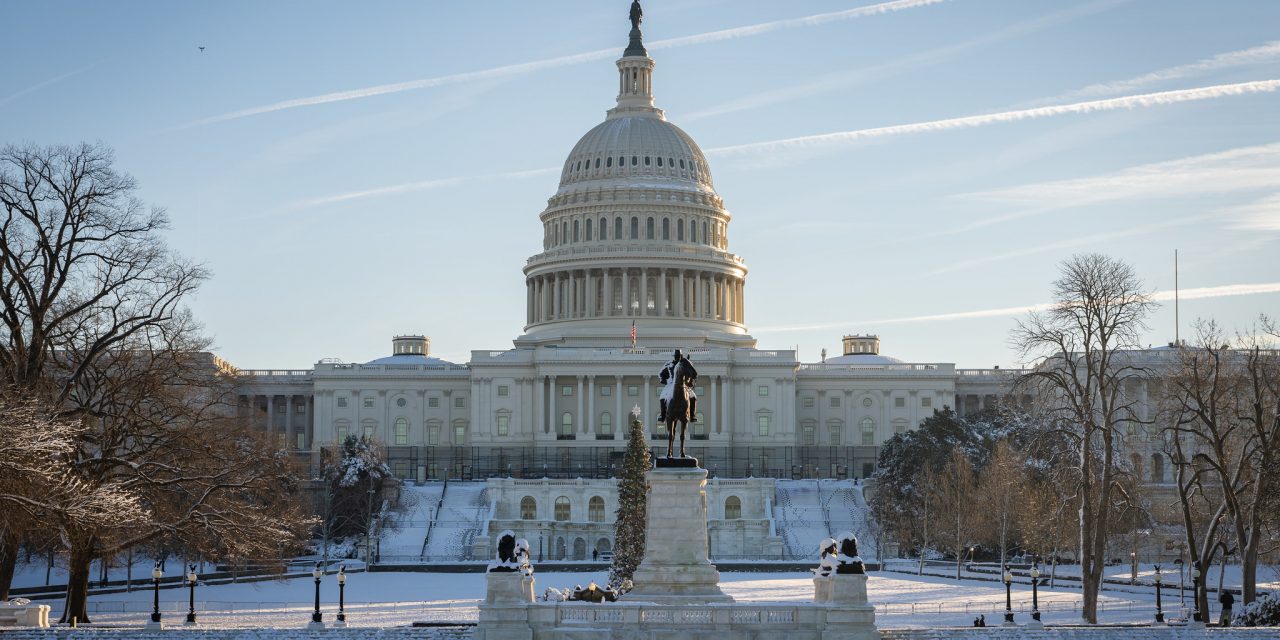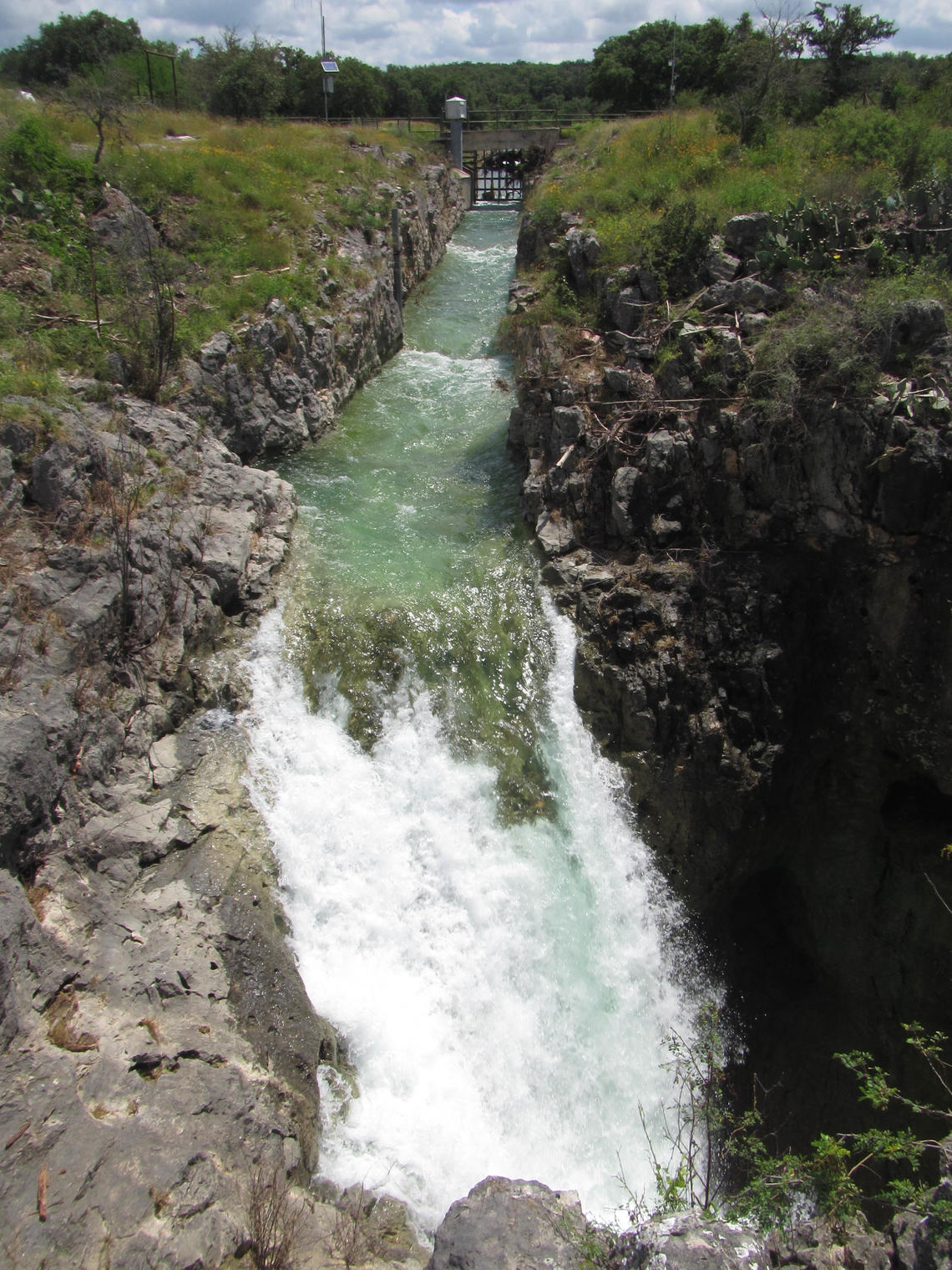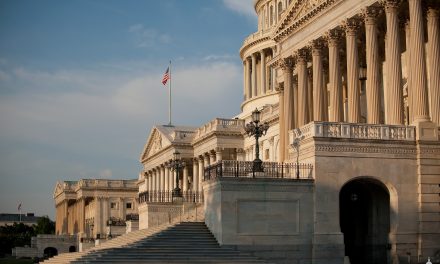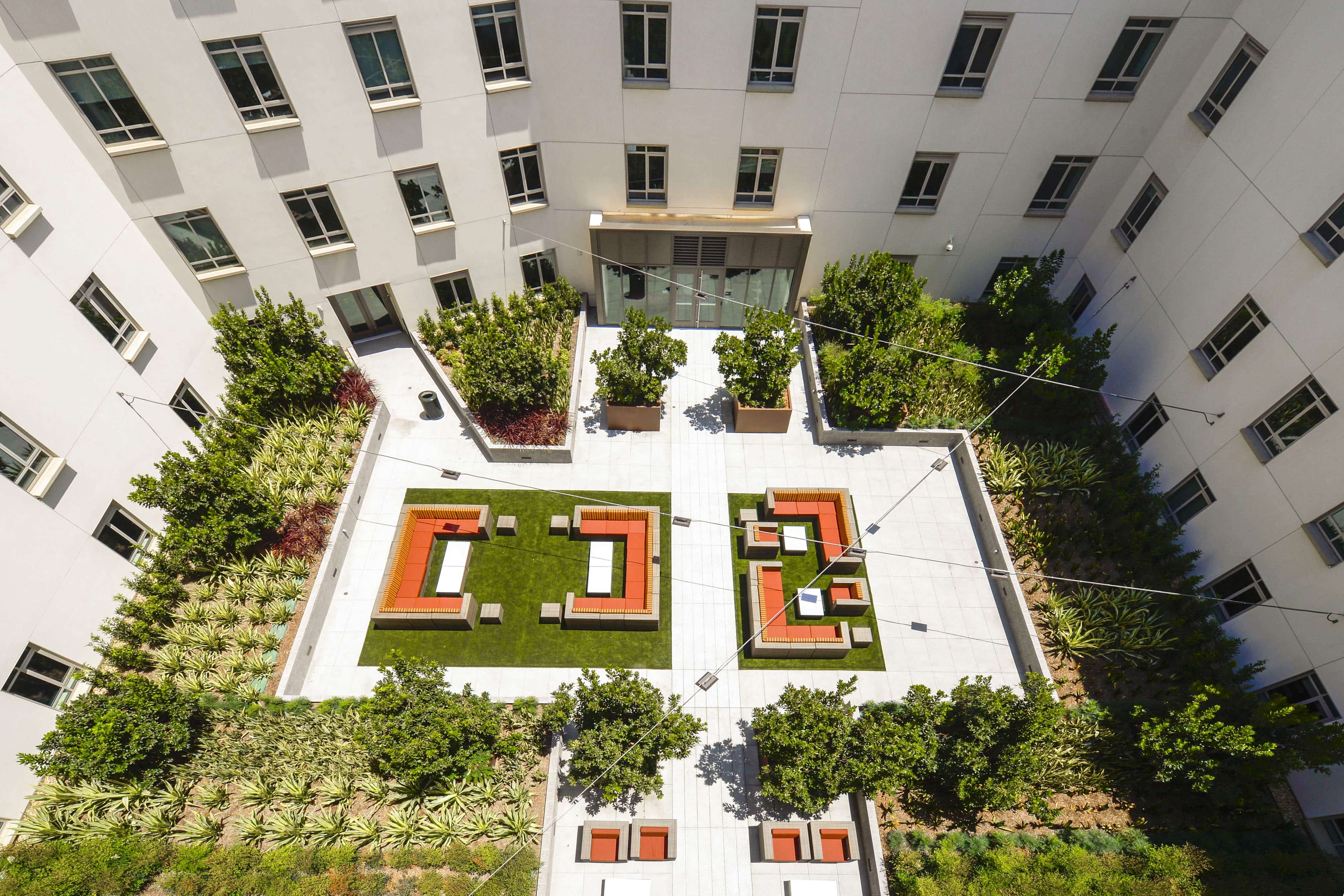As part of the American Rescue Plan Act (ARPA) passed in March 2021, the U.S. federal government allocated a combined $350 billion to states in support of economic recovery from the COVID-19 pandemic. Under ARPA — specifically its State and Local Fiscal Recovery Funds (SLFRF) program — the U.S. Department of the Treasury has already distributed more than $245 billion that states are investing in vaccination drives and other public health efforts, initiatives to better support essential workers, and critical infrastructure.
However, beginning on April 1, 2022, recipients may apply remaining SLFRF funds to a wider diversity of projects and programs, the Treasury recently announced. Under new criteria, state and local governments may soon use SLFRF funds on several types of previously ineligible stormwater infrastructure investments.
Repair and Reuse
Under original SLFRF guidance, eligibility for water infrastructure projects aligned with the U.S. Environmental Protection Agency (EPA) Clean Water and Drinking Water State Revolving Fund programs. These criteria included capital costs for an array of both green and gray stormwater infrastructure, but excluded many types of maintenance activities and neglected projects focusing on addressing runoff quantity in favor of those targeting runoff quality.
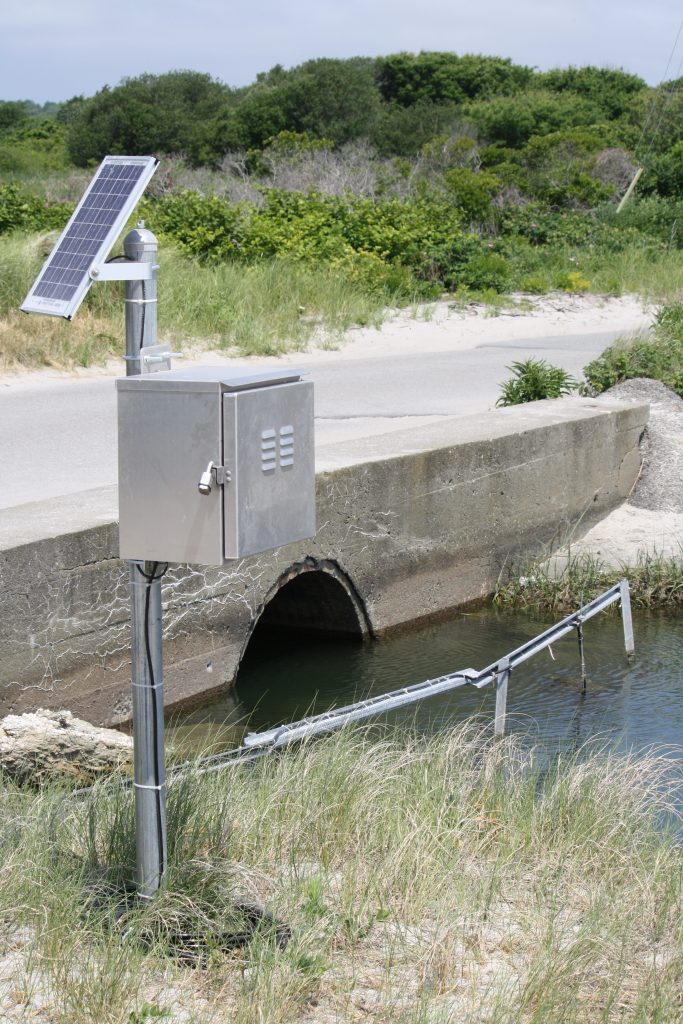
Language introduced in new guidelines specifically widens SLFRF eligibility for stormwater projects to include such activities as culvert repair and storm sewer replacement, as well as any necessary roadwork that may accompany those projects. These expansions, according to the rule’s updated language, aim to promote both climate change preparedness and environmental justice, as culverts often play critical roles for water management in rural and unsewered communities.
Reuse is also a focus of the updates. New provisions support projects that enable the capture and recycling of stormwater, wastewater, or subsurface drainage water. Specifically, SLFRF funds will soon support new wastewater effluent distribution systems or upgrades to existing systems, recharge transmission lines, groundwater injection wells, as well as building-scale systems that reuse locally produced wastewater and condensate.
Perhaps most significantly, the updated rule also removes requirements for stormwater infrastructure projects to address water quality if their primary purpose is to address flooding.
Despite the rule’s new flexibility, projects funded using SLFRF funds must still meet the Treasury’s criteria for a “necessary” investment. All funded projects must be vital to achieve or maintain an adequate minimum level of service for the area it occupies; demonstrate cost-effectiveness compared to other alternatives; and remain financially and ecologically sustainable over its estimated lifespan, rule language stipulates.
North Carolina Seizes the Moment
The North Carolina Department of Environmental Quality (DEQ) already has plans in place to take advantage of the new flexibility.
Jon Risgaard, who leads State Revolving Fund program administration for DEQ, spoke during a February 10 webcast about the state regulator’s intent to earmark a portion of North Carolina’s SLFRF award for a new, exclusive fund to support stormwater management infrastructure at the local and regional levels.
“The total appropriations to the department through the State Fiscal Recovery Fund is nearly $1.7 billion,” Risgaard said. “This creates a tremendous opportunity for our department and the recipients of these funds.”
DEQ already has allocated more than $18 million toward 11 high-priority, state-identified stormwater projects since receiving ARPA funds last year. Beginning later this year, it plans to invite North Carolina municipalities to apply for a portion of an additional $82 million to support stormwater infrastructure under the new guidelines, Risgaard described. The department will award up to $15 million per project, or up to $30 million for regional projects, according to preliminary guidelines published by DEQ.
DEQ is working with the North Carolina State Water Infrastructure Authority to develop a rating system that will help the department identify potential projects that both meet SLFRF requirements and present the most urgent needs. Risgaard said DEQ plans to develop their rating system by this July, ahead of accepting applications beginning in September and awarding funds in early 2023.
The focus, Risgaard explained, is on balancing due diligence to ensure the quality of funded projects with the urgency of dispersing funds quickly. The federal government requires states to invest all SLFRF funding by December 2026.
“We have a very short timeframe considering the time it often takes for these large-scale capital construction projects to move from award to design to construction,” he said.
Learn more about the State and Local Fiscal Recovery Funds program at the U.S. Department of the Treasury website.
Top image courtesy of Architect of the U.S. Capitol

ABOUT THE AUTHOR
Justin Jacques is editor of Stormwater Report and a staff member of the Water Environment Federation (WEF). In addition to writing for WEF’s online publications, he also contributes to Water Environment & Technology magazine. Contact him at jjacques@wef.org.

